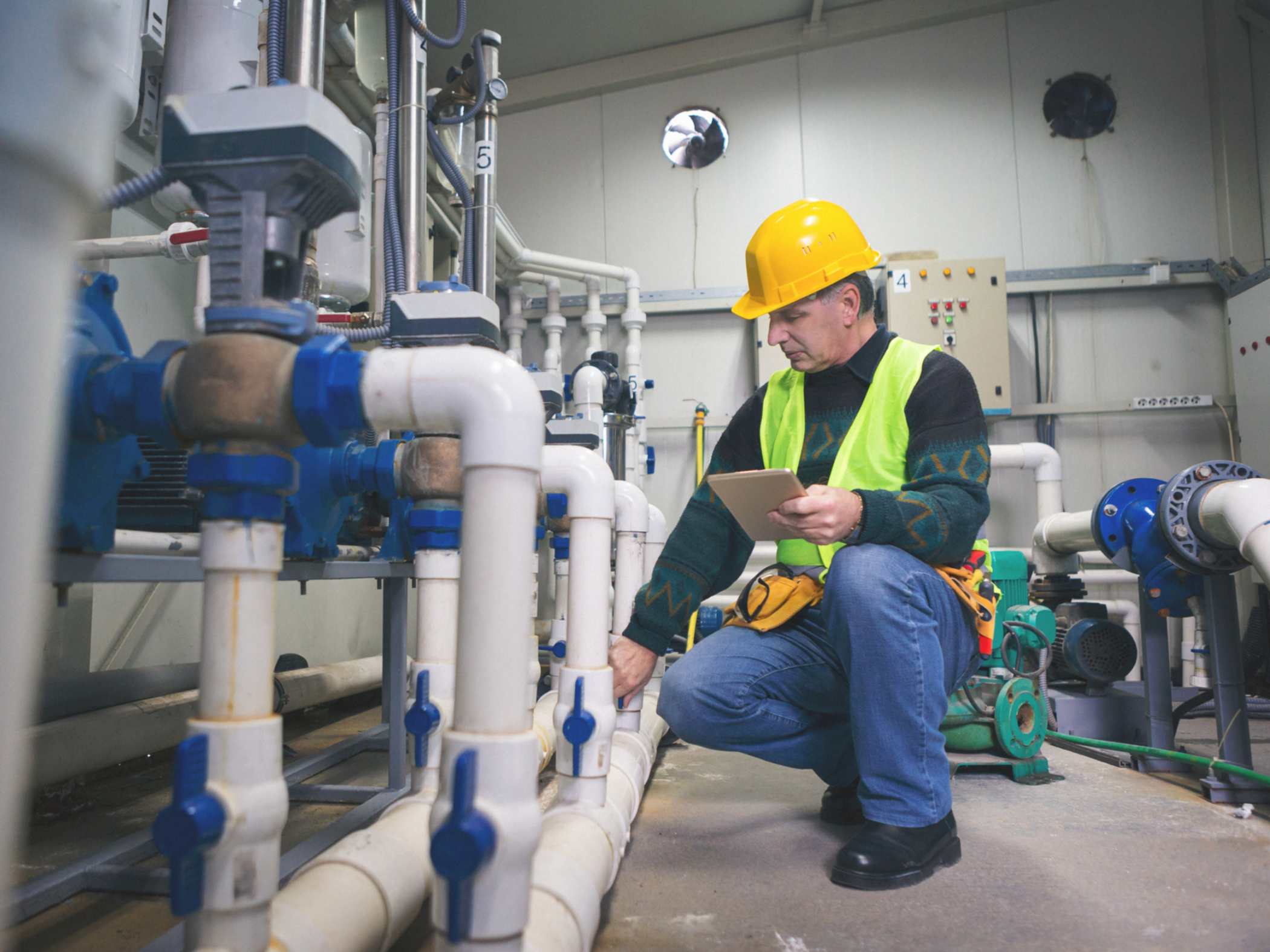About half of all fuel burned by U.S. manufacturers is used to produce steam for heating raw materials and treating semi-finished products. Steam is also used to power equipment, heat facilities and generate electricity. With steam playing such an important role in industry, maintaining the efficiency of steam systems has become a top priority. Here are a few no-cost tools that can help.
MEASUR, developed by the U.S. Department of Energy, includes a Steam System Assessment Tool that allows you to create up to a three-pressure-header basic model of your current steam system. You can then create a second model by adjusting a series of characteristics simulating technical or input changes. You'll see how each component and adjustment impacts the others and what changes are most beneficial to increasing the overall efficiency and stability of the system.
3E Plus, created by the North American Insulation Manufacturers Association, makes calculating the appropriate insulation thickness necessary for any application easy. This program will help you determine insulation thickness based on fuel costs, tax rates, maintenance and other economic factors. You can also estimate insulation needed for personnel protection and condensate control, as well as calculate heat loss or gain efficiency.
Engineering Calculator from TLV Corporation is a suite of tools that includes over 50 calculations for steam and related systems. Calculations include pipe sizing, pressure loss, steam flow rate, energy and steam unit costs and boiler efficiency.
Tips for improving steam system performance
Here are some simple measures to save money by making your steam system work more efficiently.
- Minimize combustion excess air. Poor combustion control can reduce system efficiency. Keep excess air levels at or below 10% to 15%.
- Implement steam strap maintenance. Failed stream traps can waste a lot of energy. Regularly test for leaky steam traps and repair or replace them.
- Clean heat transfer surfaces. Scale deposits in boiler tubes reduce the rate of heat transfer. Prevent scale formation by pretreating makeup water or injecting chemicals into the feedwater.
- Reduce blowdown rate. Minimizing your blowdown rate can reduce energy losses and chemical treatment costs. Automated control systems optimize blowdown by regulating water discharge to the amount of dissolved solids present.
- Insulate pipes. Uninsulated steam distribution and condensate return lines waste energy. Conduct a survey of your steam piping and install insulation. Repair or replace any existing damaged or wet insulation.
Take advantage of these free resources to examine your steam system and make more informed decisions about the best ways to improve system performance and reduce costs.

